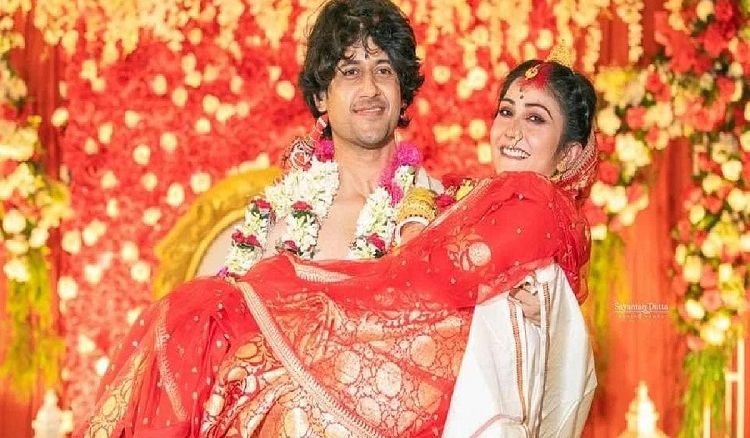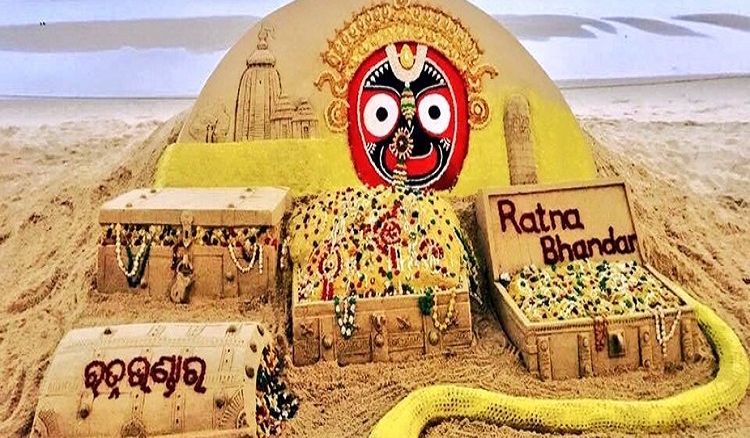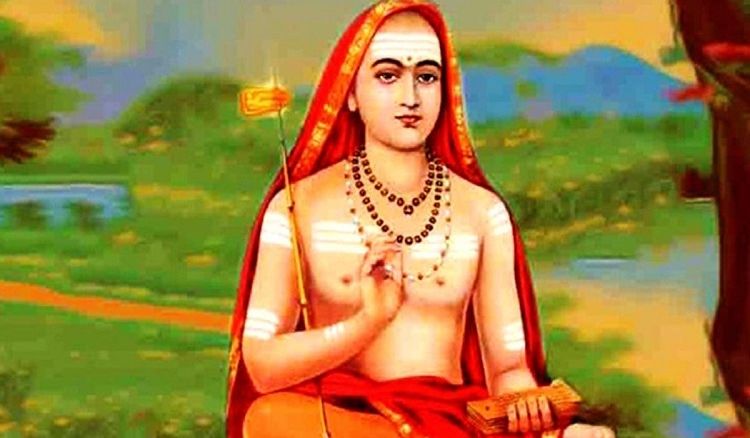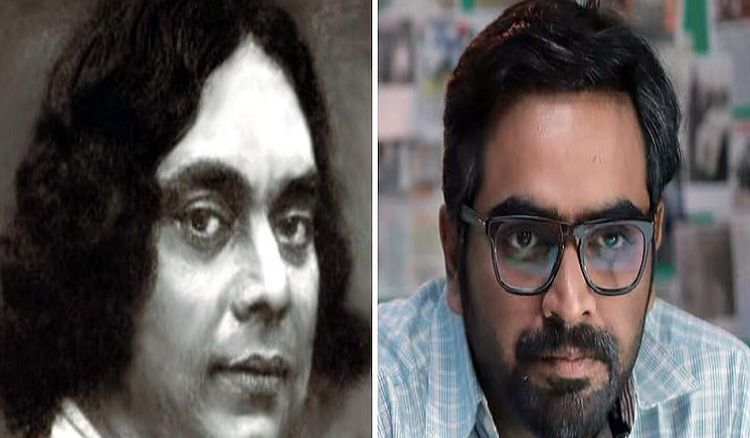The stories of young Shankaracharya’s brilliance spread far and wide. His parents, father Shivaguru and mother Vishishta Devi, were filled with pride and joy hearing about their son's accomplishments.
Shankar was born on the auspicious day of Vaishakha Shukla Panchami in 788 AD in Kaladi, Kerala. By the age of eight, he had mastered all the scriptures. Once, some renowned scholars visited Kaladi and were astonished by Shankar’s knowledge after discussing scriptures with him. Curious, they asked to see his birth chart, and Vishishta Devi, now a widow, showed it to them. The scholars were shocked to see that Shankar had a short life span, with predictions of his death at 16 and 32 years of age.
Jagadguru Shankaracharya
Hearing this, his mother was devastated, but Shankar felt a calling to renounce worldly life. He decided to leave home and seek a higher purpose. After traveling for two months, Shankar arrived at the cave of Omkaranath Giri, seeking the guidance of the great yogi Govindapada. Under his guru’s guidance, Shankar engaged in rigorous meditation for three years, achieving profound spiritual knowledge.
One day, while Govindapada was deep in meditation, a flood threatened to submerge the cave. Shankar, undaunted, placed a clay pot at the entrance, and miraculously, the floodwater was absorbed into the pot, sparing the cave. This miraculous event solidified Shankar’s status as an extraordinary being.
How did adi shankara died
Before attaining samadhi, Govindapada instructed Shankar to spread the knowledge of Advaita Vedanta and revive sacred pilgrimage sites. Shankar then went to Kashi (Varanasi), where he began teaching the principles of Advaita Vedanta, declaring, "Brahman is the only truth, the world is an illusion, and the individual soul is none other than Brahman."
One day, while walking along the Ganges, Shankar encountered a Chandala (an outcast) with several dogs. Shankar asked him to step aside, but the Chandala responded with profound wisdom, asking whether Shankar was referring to his body or his soul, since the soul is omnipresent and the body is inert. Shankar realized the Chandala was Lord Shiva in disguise, who then blessed him and instructed him to write commentaries on the Upanishads and Brahma Sutras.
Following Lord Shiva’s command, Shankar settled in the Himalayas and, along with a few disciples, composed sixteen major commentaries. He also revived several ancient deities and temples during his travels, including the Vishnu idol at Hrishikesh and the Narayan idol at Badrinath.
Shankaracharya’s teachings and works established four major monasteries across India: Sringeri, Govardhan, Sharada, and Jyotirmath, serving as spiritual fortresses of his philosophy. His life, though brief at 32 years, left an indelible mark on Indian spirituality, demonstrating that the impact of one’s work is not determined by the length of one’s life.
Shankaracharya's contributions continue to inspire and guide spiritual seekers, proving that a short life dedicated to truth and knowledge can achieve timeless greatness.
Religious news in bengali












